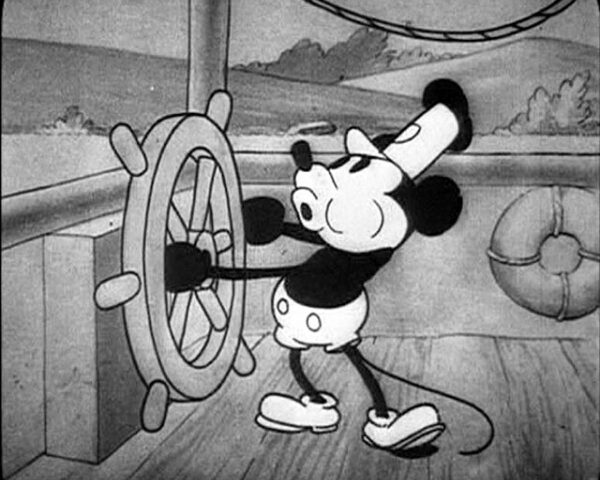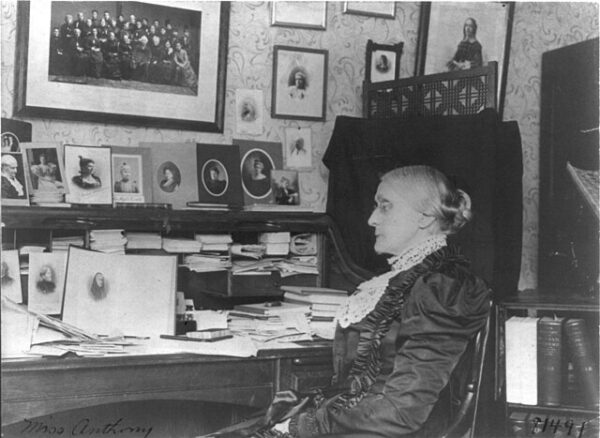On September 23, 1779, during the American Revolution, John Paul Jones achieved one of the most celebrated naval victories in U.S. history while commanding the USS Bonhomme Richard. The battle took place off the coast of Flamborough Head, near Yorkshire, England, where Jones faced the formidable British warship HMS Serapis. This clash, later known as the Battle of Flamborough Head, showcased the resilience and audacity of the American forces as they took on the might of the British Navy.
John Paul Jones, born in Scotland in 1747, immigrated to America and quickly became a key figure in the fledgling United States Navy. His early career was marked by daring naval raids and successes, earning him a reputation as a fearless and skilled commander. By the time of the battle, he had already become a legendary figure, but his actions during this particular engagement elevated him to almost mythical status in American history.
Jones’ ship, the USS Bonhomme Richard, was a former French merchant vessel that had been refitted for combat. Despite being slower and less well-armed than the British warships it encountered, Jones and his crew were determined to strike a blow against the British Navy, which at the time was the most powerful maritime force in the world. On that fateful September evening, Jones, along with a small squadron of American and French vessels, encountered a British convoy escorted by HMS Serapis and the Countess of Scarborough.
The battle began with a ferocious exchange of cannon fire. The Bonhomme Richard took heavy damage early on, and its condition seemed dire as the more maneuverable and better-armed Serapis unleashed a relentless barrage. At one point, a British officer, seeing the extent of the damage to Jones’ ship, called out to him, asking if he was ready to surrender. Jones famously responded, “I have not yet begun to fight!” His refusal to give up would become a symbol of the American spirit of determination and perseverance during the Revolutionary War.
As the battle raged on, Jones made the bold decision to lash his crippled ship to the Serapis, engaging in close-quarters combat. With his crew using muskets, grenades, and even pikes, the Americans slowly gained the upper hand. Despite the Bonhomme Richard being on the verge of sinking, Jones and his men fought on fiercely, eventually boarding the Serapis and overcoming the British crew. After several hours of intense fighting, the British captain, Richard Pearson, was forced to surrender.
The victory at Flamborough Head was not just a testament to Jones’ skill as a naval commander, but also to his unyielding determination. Though his ship, the Bonhomme Richard, was so badly damaged that it sank shortly after the battle, Jones’ triumph over the Serapis was a significant morale booster for the American cause. It showed that even against the world’s most powerful navy, American forces could win decisive victories through sheer grit and bravery.
John Paul Jones’ success in the Battle of Flamborough Head became a defining moment in naval history and solidified his place as one of the greatest naval commanders of the Revolutionary War. His legendary refusal to surrender and his bold tactics symbolized the broader American struggle for independence, highlighting the resilience of a nation fighting for its freedom against overwhelming odds. This victory remains one of the most iconic episodes of the American Revolution and a proud chapter in the history of the U.S. Navy.






